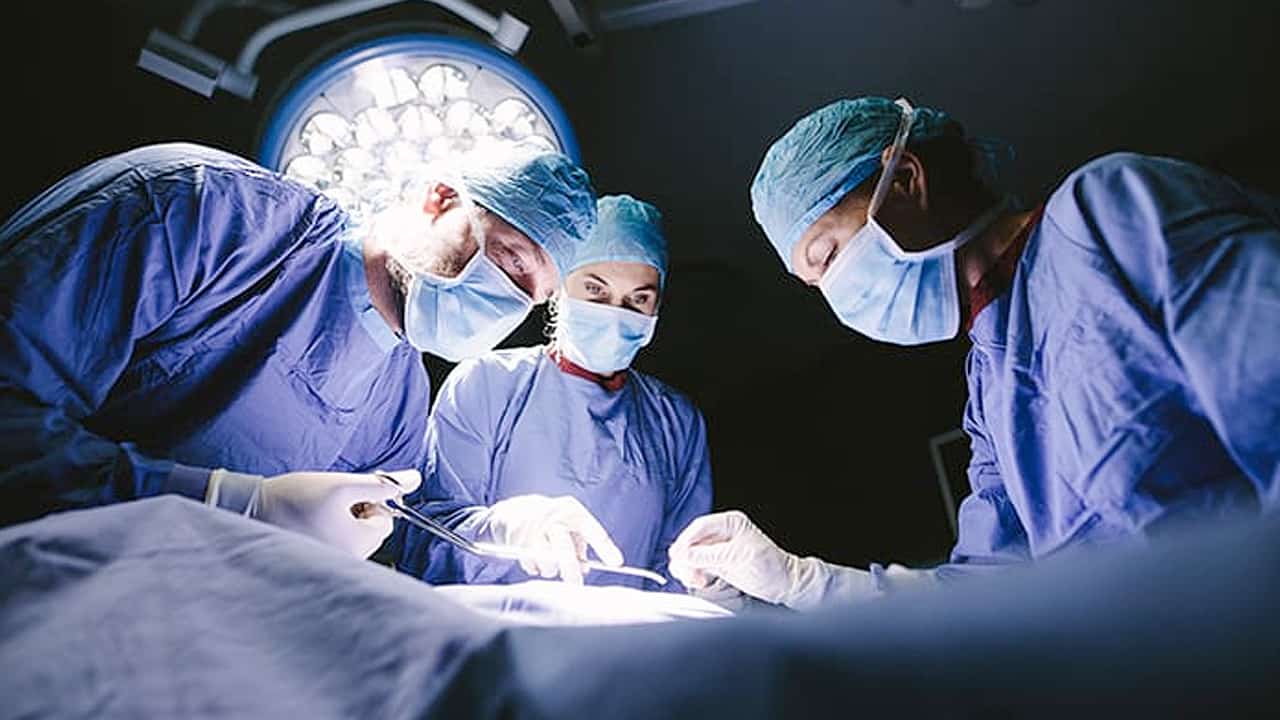Primary Sclerosing Cholangitis (PSC)
Primary sclerosing cholangitis (PSC) is a chronic, or long-term, disease that slowly damages the bile ducts. Bile is a digestive liquid that is made in the liver. It travels through the bile ducts to the gallbladder and the small intestine, where it helps digest fats and fatty vitamins.
In patients with PSC, the bile ducts become blocked due to inflammation and scarring or fibrosis. This causes bile to accumulate in the liver, where it gradually damages liver cells and causes cirrhosis, or fibrosis of the liver. As cirrhosis progresses and the amount of scar tissue in the liver increases, the liver slowly loses its ability to function. The scar tissue may block drainage of the bile ducts leading to infection of the bile.
PSC advances very slowly. Many patients may have the disease for years before symptoms develop. Symptoms may remain at a stable level, they may come and go, or they may progress gradually. Liver failure may occur 10-15 years after diagnosis, but this may take even longer for some PSC patients. Many people with PSC will ultimately need a liver transplant, typically about 10 years after being diagnosed with the disease. PSC may also lead to bile duct cancer. Endoscopy and MRI tests may be done to monitor the disease.
Facts at-a-Glance
- Primary Sclerosing Cholangitis is a chronic cholestatic liver disease that primarily affects young and middle-aged men.
- Approximately 80% of patients with Primary Sclerosing Cholangitis have inflammatory bowel disease.
- Lifestyle changes can help manage Primary Sclerosing Cholangitis. Avoiding alcohol, quitting smoking, maintaining a healthy weight, eating a healthy diet that includes fruits, vegetables and whole grains and getting vaccinated against hepatitis A and hepatitis B may help preserve liver function.
Information for the Newly Diagnosed
What are the symptoms of PSC?
Many people with PSC do not get symptoms, especially in the early stages of the disease. When symptoms do occur the most common are fatigue, pruritus, or itching of the skin, and jaundice, a yellowing of the skin and eyes. These symptoms may come and go, but they may worsen over time. As the disease continues, the bile ducts may become infected, which can lead to episodes of fever, chills and abdominal pain.
What causes PSC?
The cause of this disease is not known. About 70 percent of patients are men. It may be related to bacterial or viral infections, as well as problems in the immune system. Genetic factors may also play a role. PSC is considered an uncommon disease, but recent studies suggest that it may be more common than previously thought.
How is PSC diagnosed?
Because many PSC patients have no symptoms, the disease is often discovered through abnormal results on routine liver blood tests. Formal diagnosis is usually made by cholangiography, an X-ray test involving injection of dye into the bile ducts, or by a MRI.
How is PSC treated?
There is no cure or specific treatment for PSC. The itching associated with the disease can be relieved with medication, and antibiotics are used to treat bile duct infections when they occur. Most people with PSC must take vitamin supplements. In some cases, bile duct surgery or endoscopy may be useful to temporarily improve bile flow.
When is a liver transplant necessary?
Over time, many PSC patients will continue to suffer a gradual loss of liver function. If liver failure becomes severe, a liver transplant may be necessary. The outcome for patients with PSC who have undergone transplantation is excellent. The survival rate for two or more years is about 80 percent, with a good quality of life after recovery.
Who is at risk for PSC?
PSC is slightly more common in men than women. It usually affects people between the ages of 30 and 60. As many as 75 percent of patients with PSC also have inflammatory bowel diseases, usually ulcerative colitis.
What’s being done to find a cure for PSC?
PSC has been known for 100 years, but now doctors are able to diagnose it very early. This means that treatment can begin before the liver is severely damaged. Scientists are continuing to study the disease to find the cause and understand its development.
In addition, drug therapy trials, involving a large number of patients around the world, are exploring the potential use of several additional medications to lessen the symptoms and control liver damage.
Questions to Ask Your Doctor
- How severe is the liver damage?
- What treatment do you recommend? Will this slow down the progression of the disease?
- Will any medication be prescribed? What are the side effects?
- Should I change my diet?
- Are there any supplements you would suggest that I take?
- What can be done to relieve my symptoms?
- Does screening for bile duct cancer need to be done now?
Patient Stories
Search for a Clinical Trial
Clinical trials are research studies that test how well new medical approaches work in people. Before an experimental treatment can be tested on human subjects in a clinical trial, it must have shown benefit in laboratory testing or animal research studies. The most promising treatments are then moved into clinical trials, with the goal of identifying new ways to safely and effectively prevent, screen for, diagnose, or treat a disease.
Speak with your doctor about the ongoing progress and results of these trials to get the most up-to-date information on new treatments. Participating in a clinical trial is a great way to contribute to curing, preventing and treating liver disease and its complications.
Start your search here to find clinical trials that need people like you.
Last updated on March 17th, 2023 at 11:18 am


